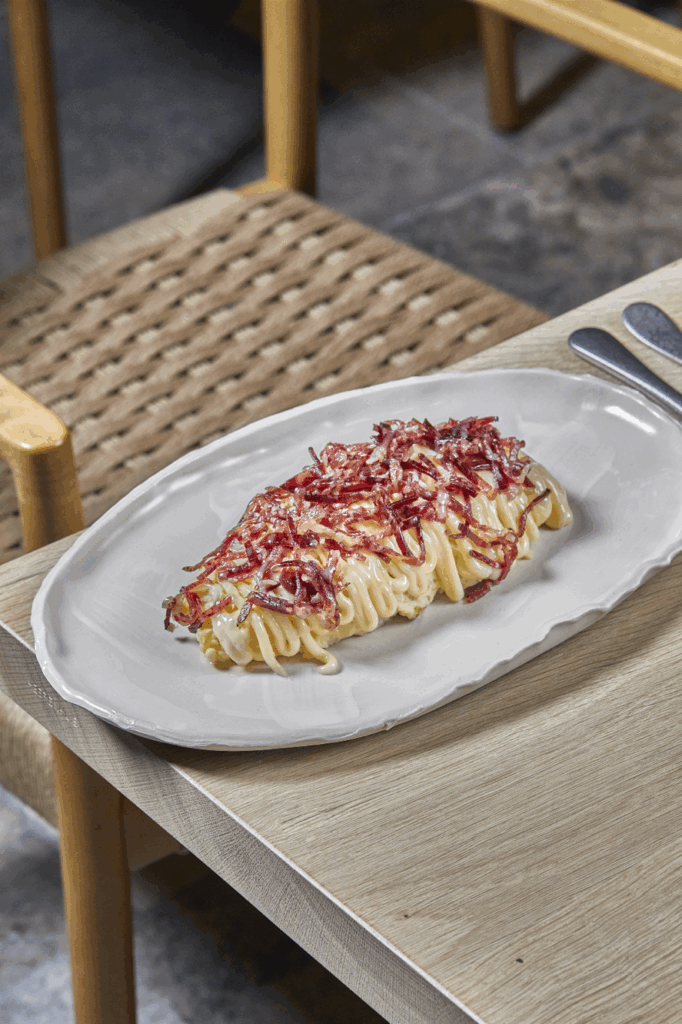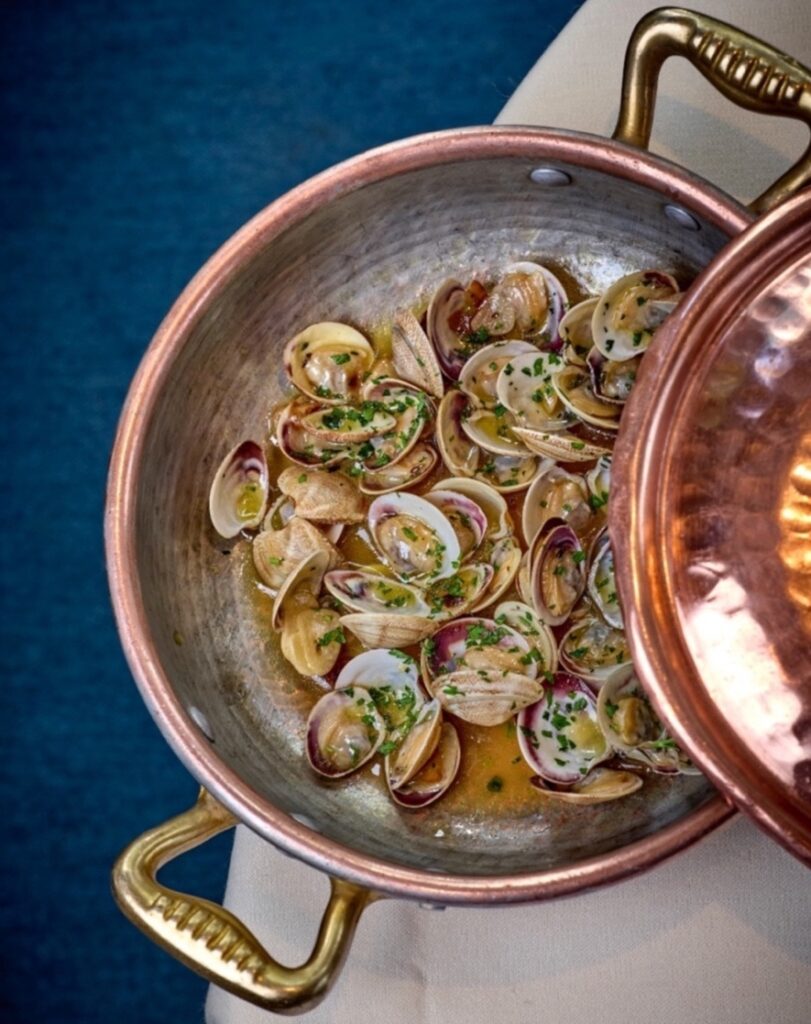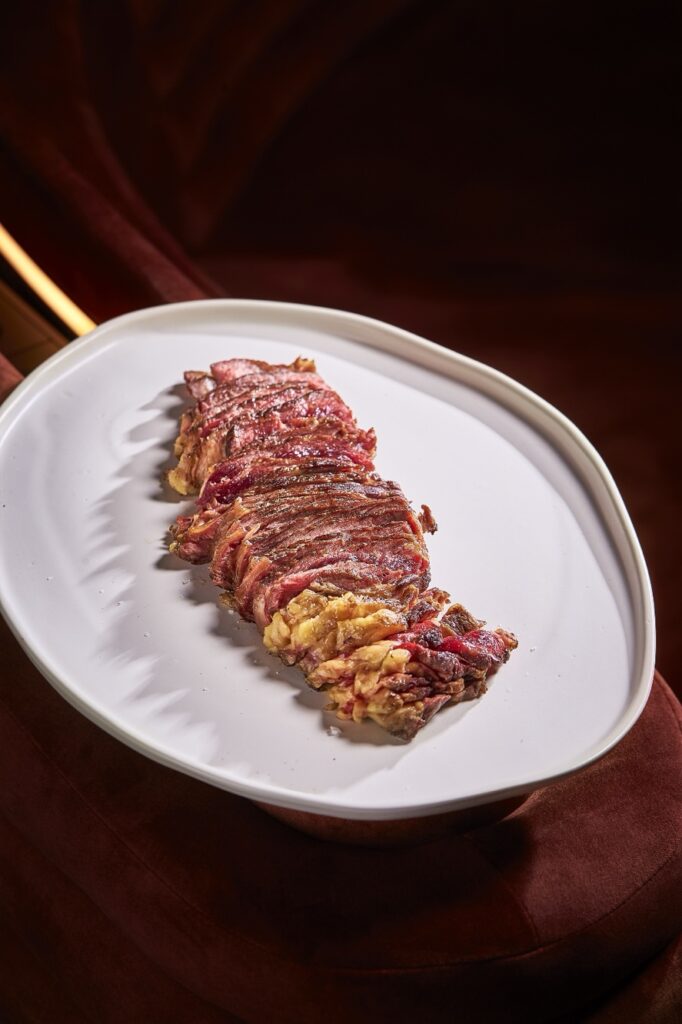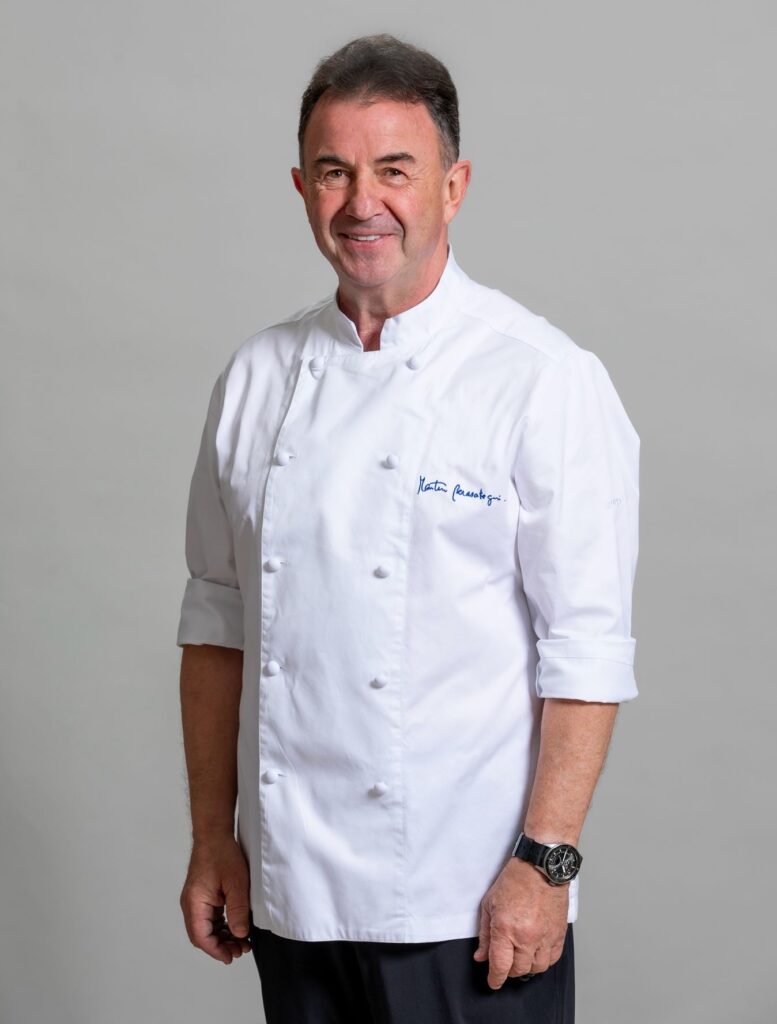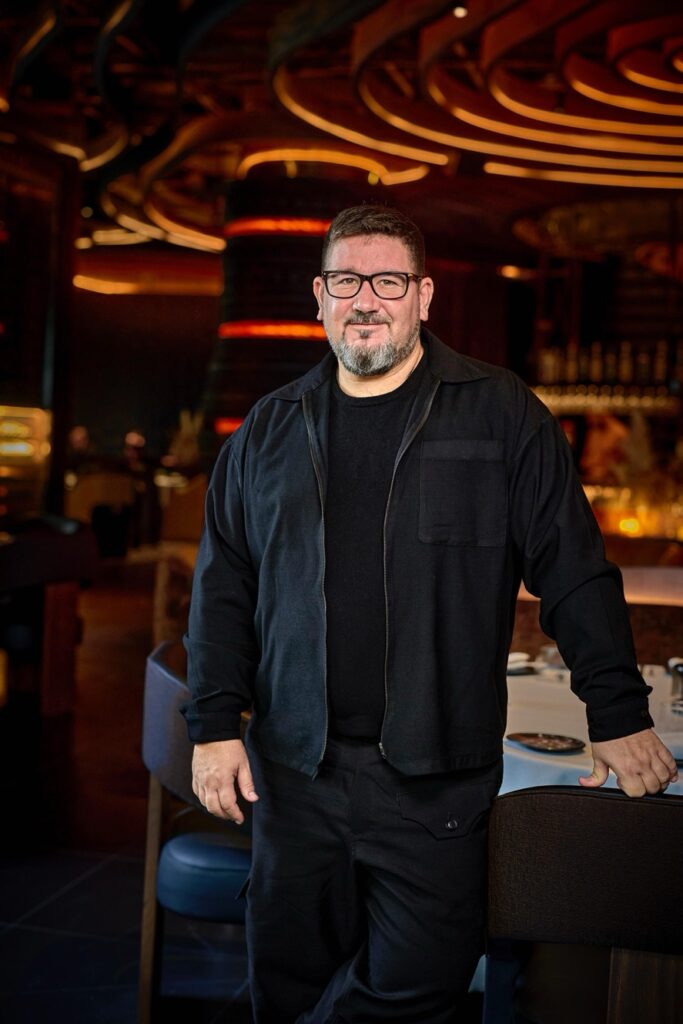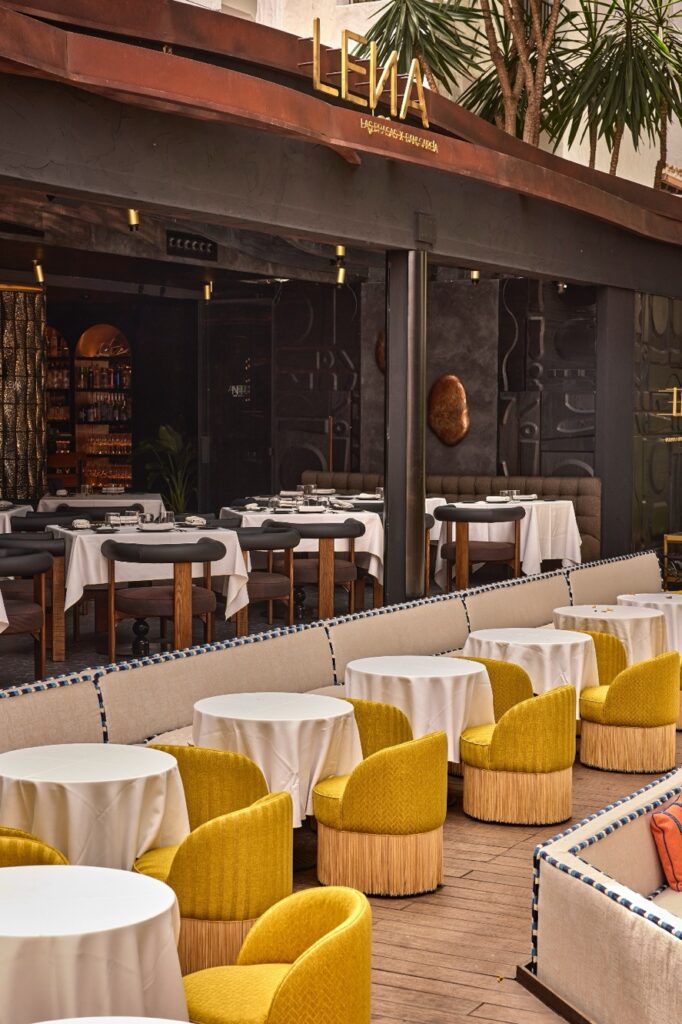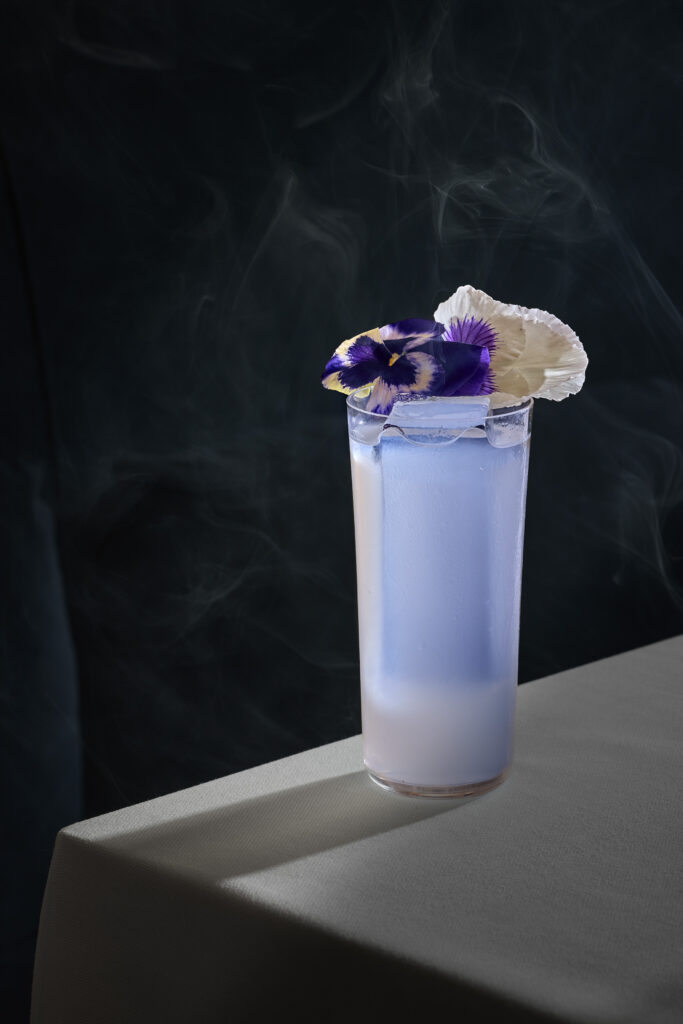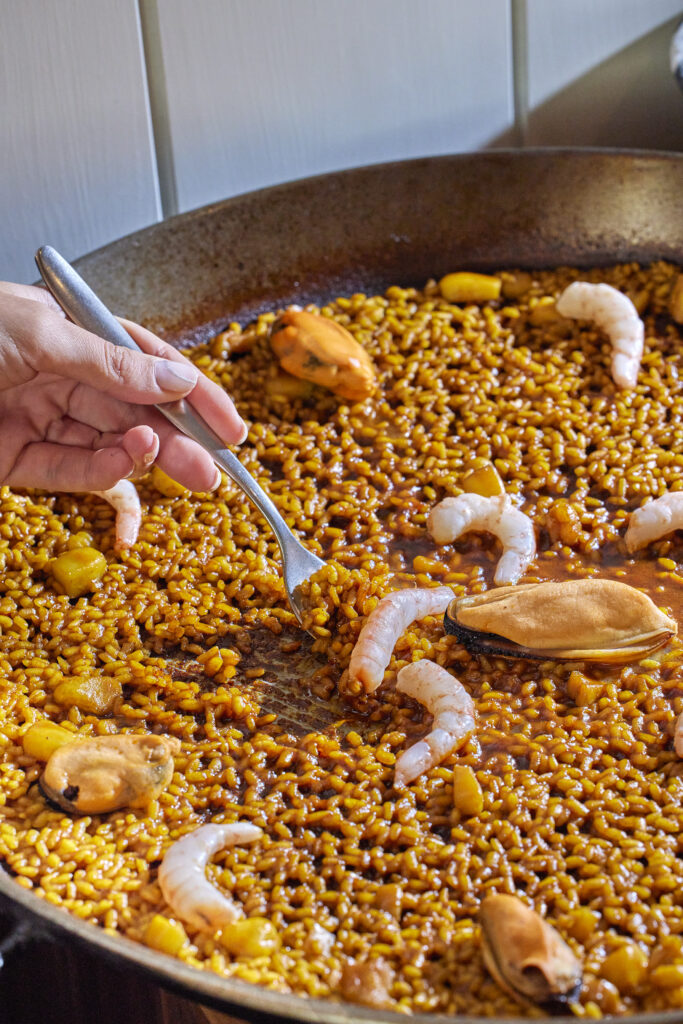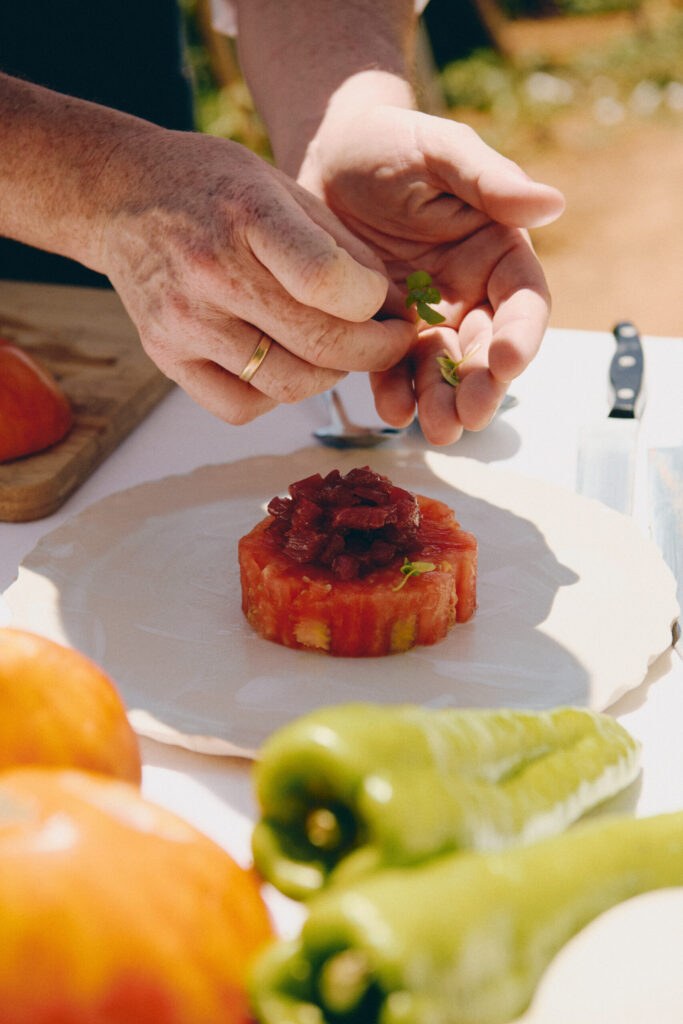Leña Barcelona celebrates an unforgettable year, an anniversary that confirms the strength of a project that has seamlessly integrated into the city from day one.
A year that leaves its mark on the city
Leña Barcelona celebrates an unforgettable year because its opening marked a turning point in the local gastronomic scene. The restaurant was born with a clear intention: to connect with Barcelona through emotion.
From the beginning, the concept aimed to build a genuine bond with the city and with those who live it.
Dani García emphasized this idea with a simple message: he wanted Leña’s fire to feel truly at home in Barcelona.
That vision came to life through a year filled with activity, creativity, and deep respect for Catalan culture.
A proposal that captivated from the very first day
The first year confirms the consolidation of a project that quickly found its place among the most dynamic restaurants in Barcelona.
Its success wasn’t accidental, but the result of a proposal that blends flavor, emotion, and a very personal perspective.
One of its key moments was its participation in Tast a la Rambla, where its burgers were an absolute sensation.
More than 4,000 were served in just four days, proving the irresistible appeal of the dish.
The restaurant has already surpassed 27,000 units sold since opening.
The grilled Málaga avocado, the apple-shaped foie, and the exclusive Tarta di Rose are also undeniable favorites.
These dishes have already become part of the city’s culinary imagination.
Catalan traditions embraced with authenticity
The team wanted to take an active role in the Catalan festive calendar from the very start.
For Sant Jordi, Leña offered roses and literary excerpts in Catalan to every guest.
During Easter, the restaurant showcased an impressive Mona created by Christian Escribà and Patricia Schmidt.
The piece paid homage to the restaurant’s visual and culinary universe.
The tradition of La Mercè was also celebrated with a special dessert created by Sofía and Víctor from La Dramerie.
Their creation captured the restaurant’s identity through flavor and memory.
Each gesture brought Leña’s essence even closer to the heart of Barcelona.

A once-in-a-lifetime night for gastronomy
One of the year’s most emotional moments was the tribute to Joan Roca.
The event gathered more than 70 Michelin stars in a unique dinner.
It was a night filled with respect, admiration, and the desire to honor a defining figure in Catalan cuisine.
The gathering revived the spirit of the renowned “A cuatro manos” events launched by Dani García in 2014.
That evening confirmed Barcelona’s role as a key meeting point for high gastronomy.
A restaurant that attracts every kind of guest
More than 67,000 people have visited the restaurant since it opened.
Guests include tourists, food lovers, industry professionals, and a loyal local audience.
The diversity of visitors reflects the versatility and magnetism of the concept.
Leña has become an essential stop for anyone in search of fire-driven, flavorful dining.
A year that strengthens the essence of the project
Leña Barcelona celebrates an unforgettable year because it has achieved far more than numbers and recognition.
It has built a connection with the city based on authenticity, creativity, and respect for its traditions.
The restaurant has embraced small but meaningful gestures that express closeness and cultural intention.
That is why its celebrations, dishes, and initiatives are now part of Barcelona’s cultural landscape.
In just twelve months, Leña has become a place where gastronomy is lived intensely and with a deeply local spirit.
And it has done so without losing its essence, always tied to fire, emotion, and the pursuit of new experiences.
That combination makes it an essential destination for those who appreciate honest, character-driven cuisine.



